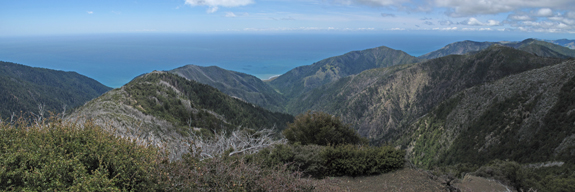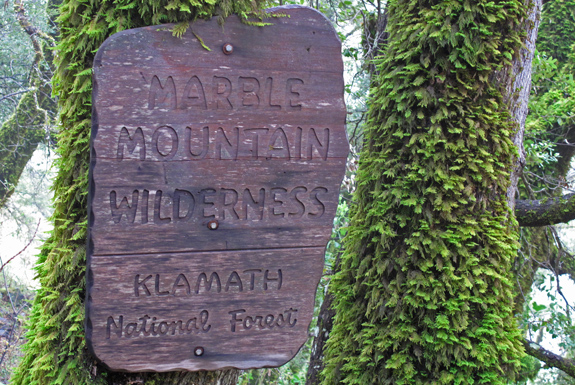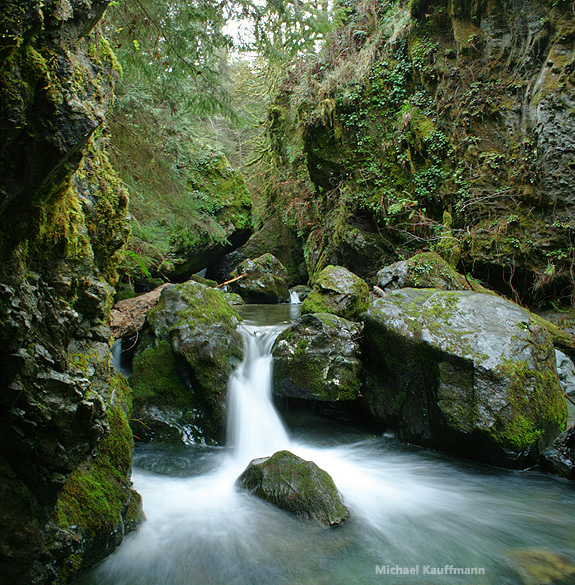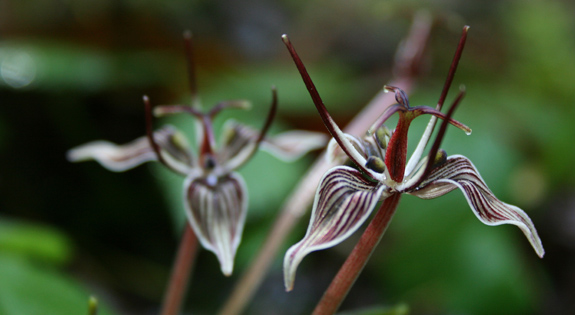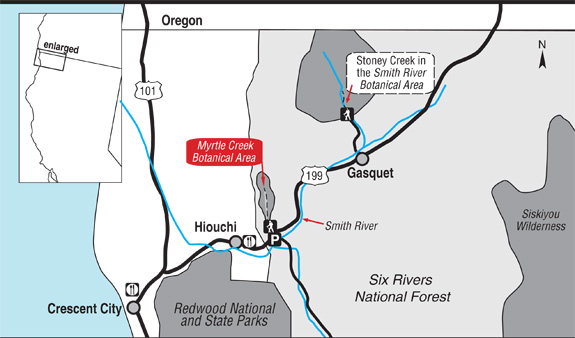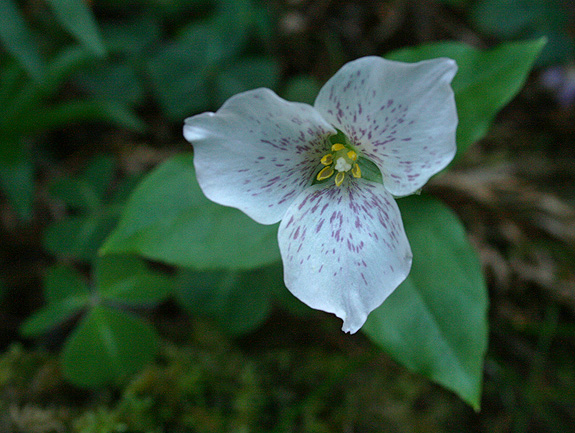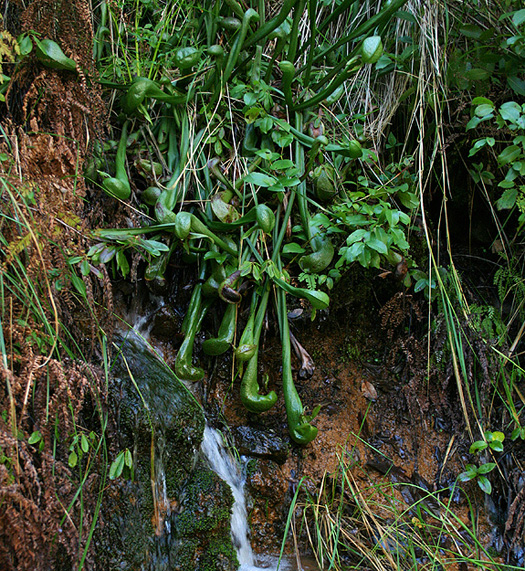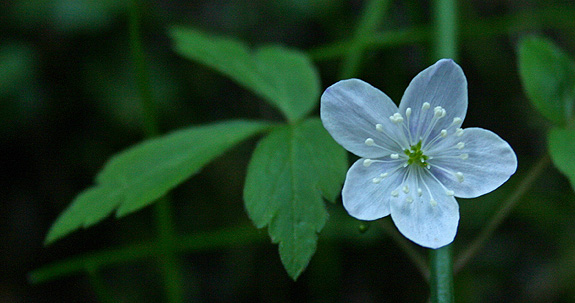Original Publication DATE: 5/1/2011
The Lost Coast presents plant associations (or lack of associates) that have long puzzled botanists. From the perspective of the conifer lover the question is: Why are redwoods, grand fir, and sitka spruce absent in an area which annually receives 100+ inches of rain, has some summer fog, and is nourished by soils from that of the central belt of the Franciscan Complex? These same conditions exist only a few mile north where redwood, grand fir, and Sitka spruce forests thrive. In the heart of this wilderness, over 20+ miles of walking, I found only two conifers. After and mentally and physically taxing journey I was left with a sense of wonder at the fortitude of the species that were present; and not the absence of the conifers unable to reside.
